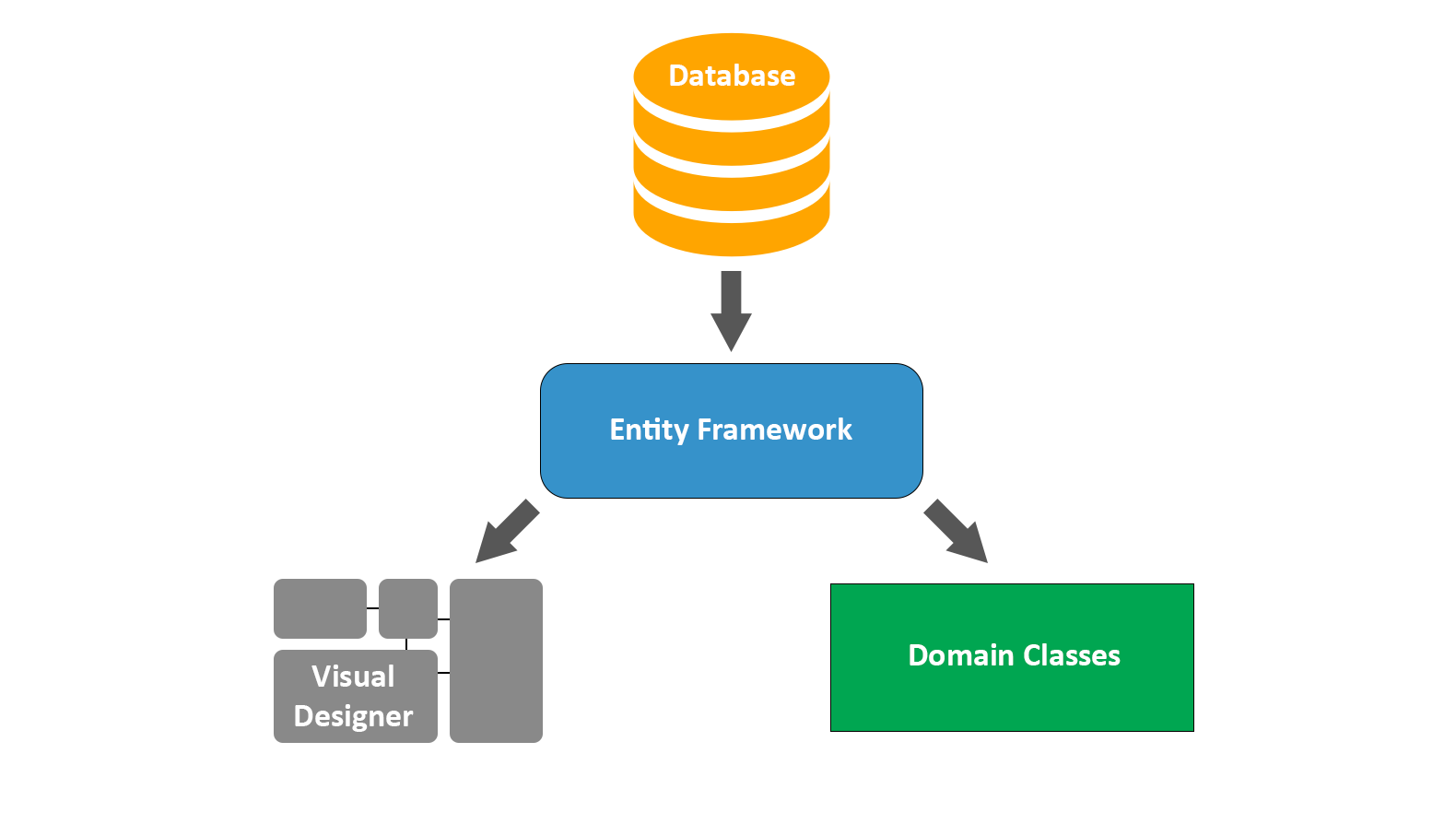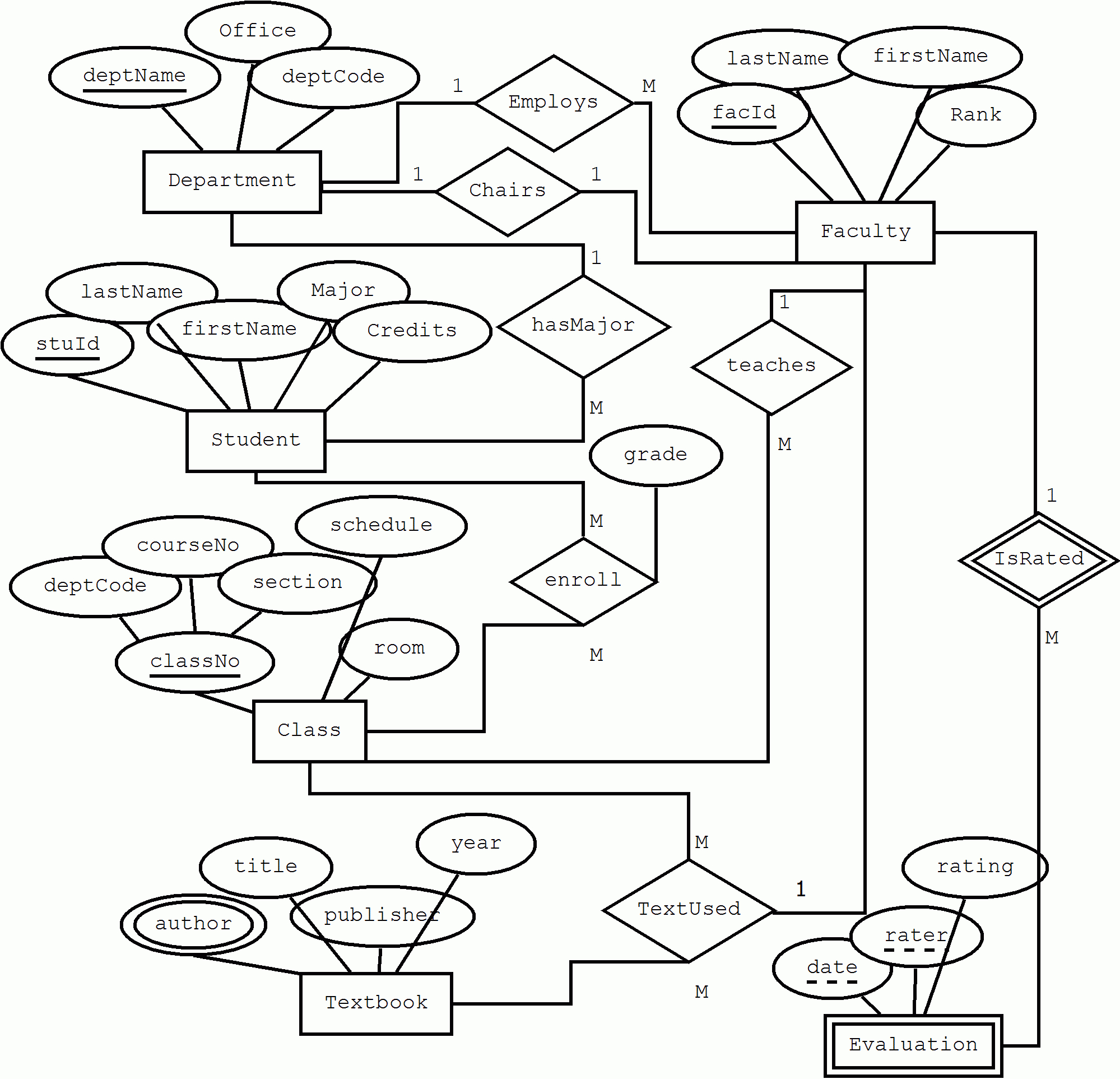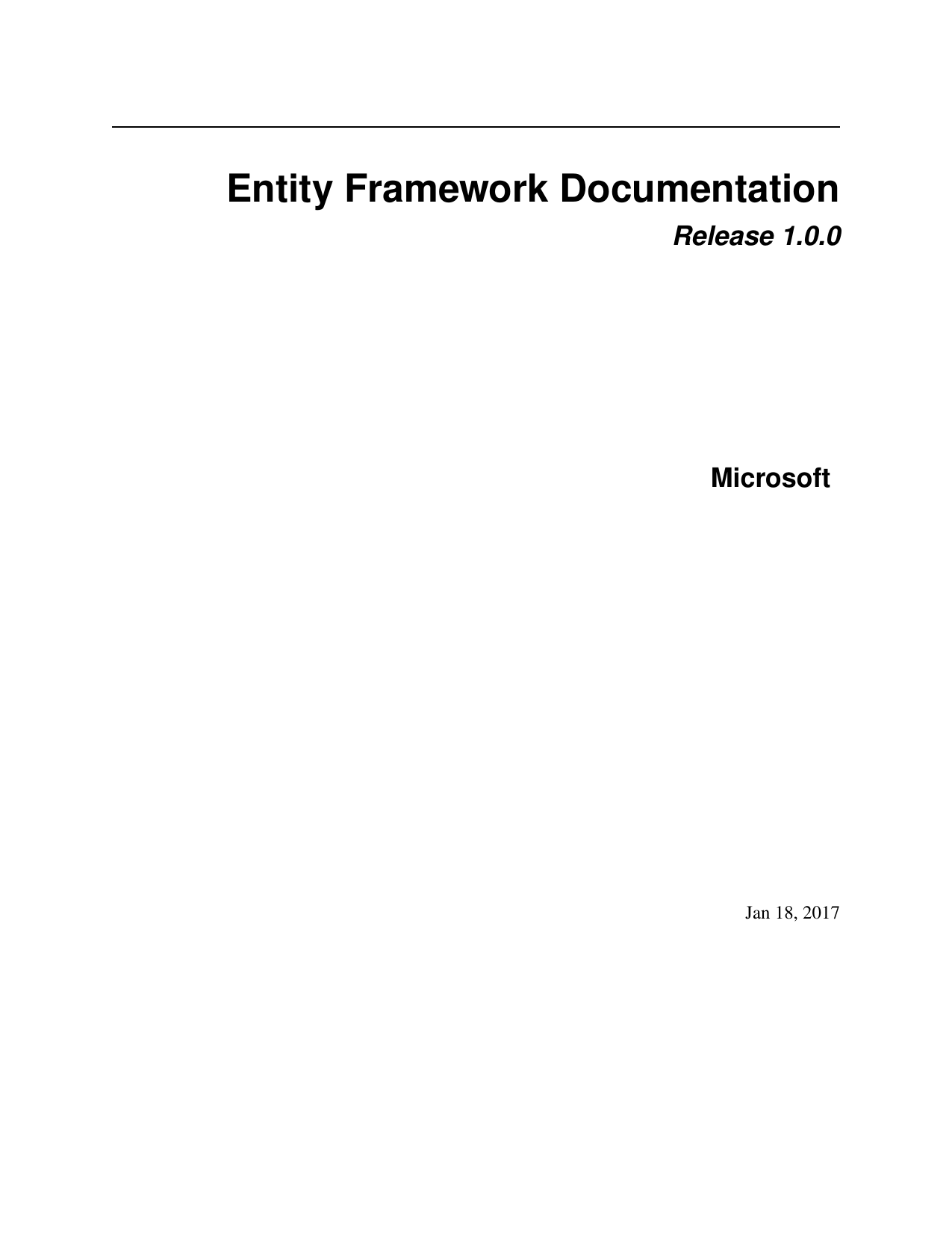
Database Structure, Entity Framework, Academy, Progress, Map, Reading
So, the InverseProperty attribute is a useful tool for explicitly specifying relationships in EF Core when conventions are insufficient or ambiguous. It helps ensure that the framework correctly interprets the relationships. In the next article, I will discuss NotMapped Attribute in Entity Framework Core with Examples.

Entity Framework Core Tutorial
Entity Framework Code First allows you to use your own domain classes to represent the model that EF relies on to perform querying, change tracking, and updating functions. Code First leverages a programming pattern referred to as 'convention over configuration.'

Entity Framework Core A Full Tour
Entity Framework Core Indexes Article 12/18/2023 10 contributors Feedback In this article Composite index Index uniqueness Index sort order Index naming and multiple indexes Show 3 more Indexes are a common concept across many data stores.

Best Entity Framework Online Courses, Training with Certification2022
Index Attribute Entity Framework 6 provides the [Index] attribute to create an index on a particular column in the database, as shown below: class Student { public int Student_ID { get; set; } public string StudentName { get; set; } [Index] public int RegistrationNumber { get; set; } } By default, the index name will be IX_ {property name}.

Entities relationships with Entity Framework Core 3 by Andre Lopes
If we add the migration, we should see Entity Framework Core actually understands the attribute now and translate it to the migration file. GitHub Snippet. migrationBuilder.CreateIndex ( name: "IX_Name", table: "ProductGroups", column: "Name"); So, when I run update-database to apply the migration, I see the indexes are created into the table.

ENTERPRISE SOFTWARE SOLUTIONS INC.
An index is a data annotation attribute introduced with Entity Framework 6.1. The property of the model can be marked with an attribute and it should participate in a store index. The Index attribute allows us to create an index on one or more columns and we can specify the name of index.

Entity framework with autoincrement column Stack Overflow
Entity Framework 6 provides the [Index] attribute to create an index on a particular column in the database. If you are using an earlier version of Entity Framework, then the Index Attribute will not work. It is also possible to create an index on one or more columns using the Index Attribute.

Index Attribute Using Entity Framework
108 Well 26.10.2017 Entity Framework 6.2 was officially released . It includes a possibility to define indexes with ease via Fluent API. Ho it is to use was already announced in the beta of 6.2. Now you can use the HasIndex () method, followed by IsUnique () if it should be an unique index. Just a small comparison (before/after) example:

Entity Framework integration with SQL Persistence • Sql Persistence
The simplest way to add an index is to by adding the [Index] attribute on the model class and specifying which columns should be included in the index. Here's an example of adding an index with a single column: using Microsoft.EntityFrameworkCore; using System.ComponentModel.DataAnnotations; [Index (nameof (Name)) ] public class Movie { [Key.

20 Pros and Cons of Entity Framework 2023 Ablison
Definition Namespace: Microsoft. Entity Framework Core Assembly: Microsoft.EntityFrameworkCore.Abstractions.dll Package: Microsoft.EntityFrameworkCore.Abstractions v8.0.0 Specifies an index to be generated in the database. C# [System.AttributeUsage (System.AttributeTargets.Class, AllowMultiple=true)] public sealed class IndexAttribute : Attribute

Entity Framework Oakleafsd
EF Core Index Attribute The Entity Framework Core IndexAttribute was introduced in .NET 5 and is used to create a database index on the column mapped to the specified entity property. By default, indexes are created for foreign keys and alternate keys. You may wish to create indexes on other properties to speed up data retrieval.

Entity Framework Core Tutorial Database First Tutorial
Adding the Index Attribute to one or more properties of an Entity will cause Entity Framework Core to create the corresponding index in the database. So, in Entity Framework Core, the Index attribute defines indexes on columns in your database to improve query performance. An index allows the database to efficiently look up rows based on the.

Entity Framework 6.0.6 and 6 Console Application Example
By default, indexes are created for foreign keys and alternate keys. You may wish to create indexes on other properties to speed up data retrieval.

Er Diagram Unique Attribute
This attribute is used by Entity Framework Migrations to create indexes on mapped database columns. Multi-column indexes are created by using the same index name in multiple attributes. The information in these attributes is then merged together to specify the actual database index. Constructors Properties Methods Applies to Feedback

1 entity framework core course by by Shailender chauhan
Entity Framework 6 provides the Index attribute to create an index on a particular column in the database. public class Book {public int Id {get; set;}. Now in EF Core, the new Index attribute can be placed on an entity type to specify an index for one or more columns. [Index (nameof (Title), IsUnique = true)] public class Book

Entity Framework Documentation Manualzz
This creates a unique index. [Index ("IX_Person_NameAndAge", 1)] public int Age { get; set; } [Index ("IX_Person_NameAndAge", 2)] public string PersonName { get; set; } This creates a composite index using 2 columns. To do this you must specify the same index name and provide a column order. Note: The Index attribute was introduced in Entity.